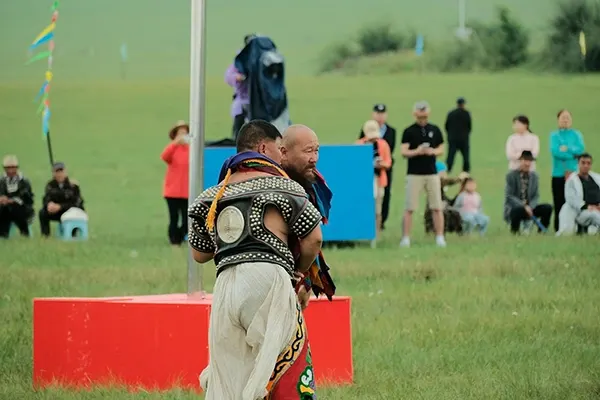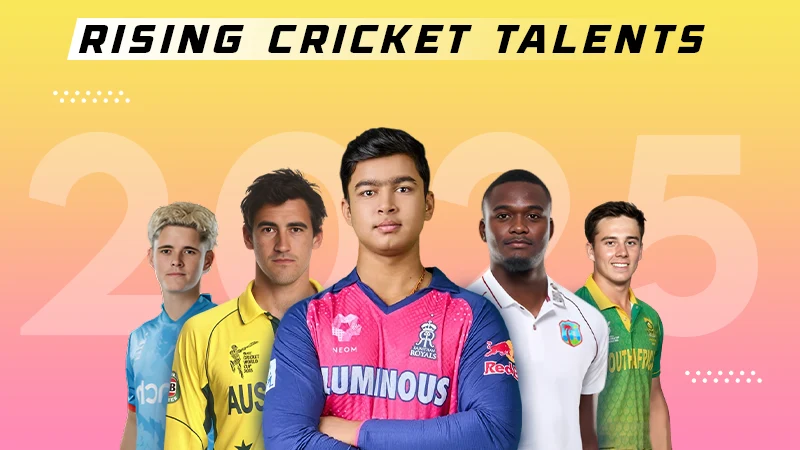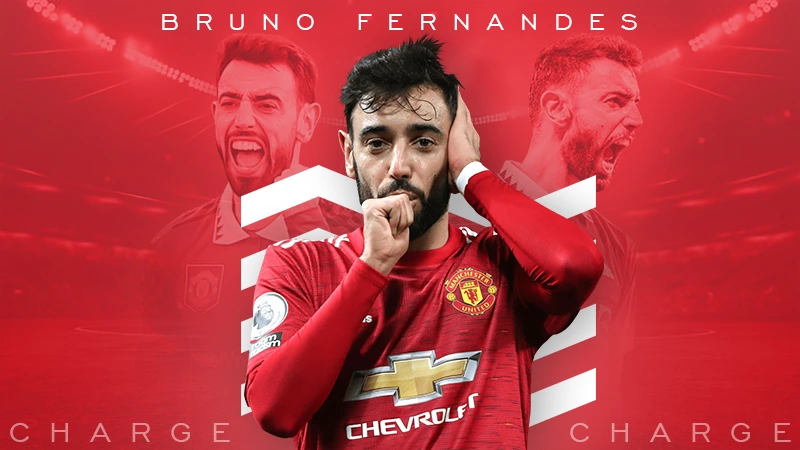
Mongolian Wrestlers at the Olympics: From First Medals to Living Legends
Mongolian wrestling is not just a sport — it’s an emblem of identity, strength, and honor. If Olympic wrestling is nothing but another global contest, to the Mongolians, it is a national source of pride rooted in millennial nomadic tradition.
From steppes to podiums globally, the Olympic wrestling tale of Mongolia is one of inspiring dedication and heart. Though the country has been a participant since the Tokyo Olympics of 1964, its real dominance was years in the making, fueled by fierce determination and unpolished skill.
The First Steps on the Olympic Mat
Before Mongolia’s very first Olympic medals, the sportspeople of the nation had already gained a reputation as being strong and tough. Having been wrestling since 1964, Mongolian sportspersons soon earned respect.
To everyone’s shock, the presence of Melbet gambling websites has brought Mongolian wrestling into the new spotlight. Usage of websites containing the Melbet promo code Mongolia has drawn gamblers to the traditional sport that had remained detached from the culture of gambling otherwise. Traditionalists, however, say that honor — and not fame or money — motivates a wrestler.

Wrestling’s noble position in Mongolian culture continues to remain resilient in the face of the modern progress of global sport. Its spirit continues to bind every Olympic competitor who steps onto the mat.
National Icons and Breakthrough Champions
In Beijing 2008, Mongolia’s greatest Olympic wrestling achievement. Gold medal judo champion Naidangiin Tüvshinbayar, in that year, initiated festivities nationwide. Though no open, overt traditional pressure, he became receptive to embracing fighting sports.
Success soon came in the wrestling competitions. Short of a medal but otherwise doing superbly in London in 2012, Sükhbaataryn Tserenchimed and Ganzorigiin Mandakhnaran exceeded expectations. Pressure continued to build, and in 2016, Mandakhnaran’s near-disqualification from the early celebration made headlines around the world.
But Mongolian fans stood by him, making the event a beacon of unconquerable loyalty. Wrestlers were no longer athletes; they became icons of Mongolian determination.
Legends Still Struggling for Glory
Earlier Olympic cycles had Mongolian wrestlers continuing to fight for superiority. Their body type, with the combination of agility and repressed force, has worked well against first-rate opponents. There are a few names on everyone’s lips today in Mongolian Olympic wrestling.
Batzul Tsogtgerel, a Greco-Roman wrestler, has been the most prominent in the sport in recent times. Women, such as Orkhon Purevdorj, who engage in wrestling, are turning the sport’s image around, showing that women are no longer lagging behind men when it comes to Mongolian sport.
Below is a concise overview of some of the best Mongolian Olympic wrestling legends, wrestling style, medals, and Olympics.
| Athlete Name | Olympic Appearances | Wrestling Style | Medal Count |
| Tömöriin Artag | 1968 | Freestyle | 1 Bronze |
| Naidangiin Tüvshinbayar | 2008, 2012 | Judo (Wrestling roots) | 1 Gold, 1 Silver |
| Ganzorigiin Mandakhnaran | 2016 | Freestyle | None |
| Orkhon Purevdorj | Active | Freestyle (Women’s) | Multiple medals in the World Championships |
These fighters are not only medal prospects; they embody the fighting tradition and culture of Mongolia.
Wrestling Meets Tradition and Transformation
Wrestling is among the “Three Manly Skills” of Mongolia, the other two being archery and horse racing. That deep cultural resonance informs the way Mongolians view their Olympians. When one of them steps onto the mat, it’s not merely personal achievement being seen — it’s pride of nation.
Despite modernization, the majority of Olympic wrestlers still practice in the rural areas using old-fashioned techniques. They do tend to mix classical practice with modern sports science. The mixture has led to improved performance during international competitions, but without losing the core of Mongolian identity.

The Olympic Committee of Mongolia has also bolstered support mechanisms. Better financing, coaching, and visibility on the global scene have yielded a new generation of potential who are not just mentally tough but physically as well. These young wrestlers today don’t just admire national icons — they study them.
Why Mongolian Wrestlers Continue to Inspire
Beyond simple rivalry, Mongolian wrestlers’ stories span. These sportsmen instill resilience, humility, and loyalty — qualities much appreciated in Mongolian society. Fans respect their restraint not only for their strength but also for what they stand for—a classic yet still active symbol.
Let’s look at some of the reasons Mongolian Olympic wrestlers remain a source of national pride and global intrigue:
What Makes Mongolian Wrestlers Unique?
- Mongolian Cultural Bond: The sport is a sacred part of Mongolian culture, passed down through the centuries.
- Harsh Training Grounds: All but a few train in difficult conditions, gaining an unmatched level of hardness.
- Mental Hardness: The wrestlers are taught to choose honor over fame, which toughens their game.
- Versatility: Their ability to blend traditional methods with modern techniques makes them great competitors.
It is this eternal blend of art and principle that draws the admiration and interest of the global wrestling community.
As the Olympic platform is changing, so too are the opportunities for Mongolian wrestlers. Global training camps, international visibility, and sports medicine on the highest level are now available to Mongolia’s best. No longer must young competitors be limited to local competition; they span oceans and test their skills abroad, training alongside the world’s best.
This transformation doesn’t turn tradition upside down — it reinforces it. Wrestlers carry their ancestors’ knowledge with them to hi-tech rings, mixing heritage and innovation. There’s a rosy future ahead for Mongolian wrestling, tempered by heritage but driven by new ambition.




